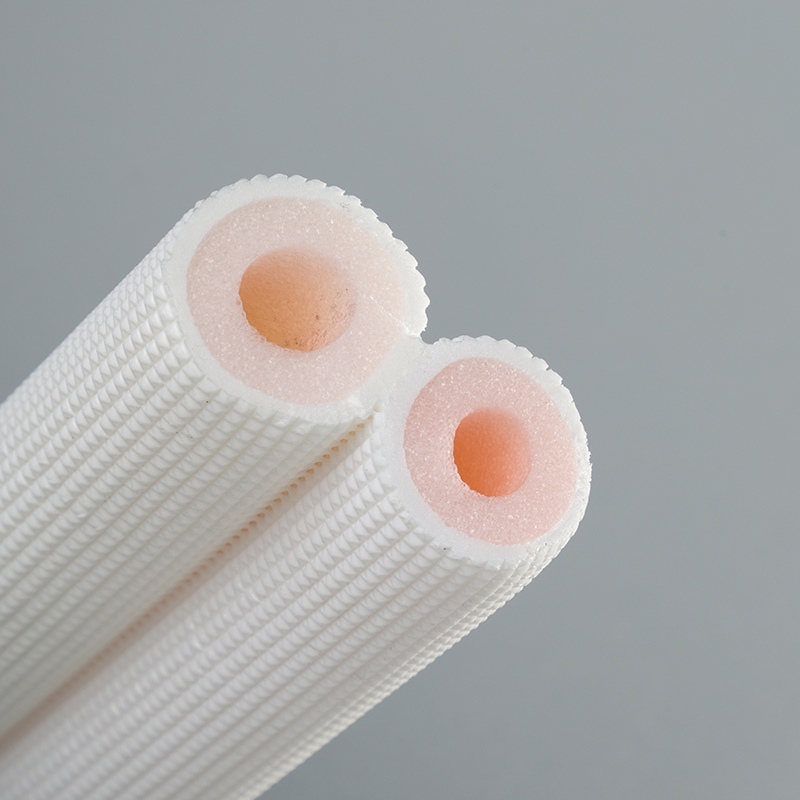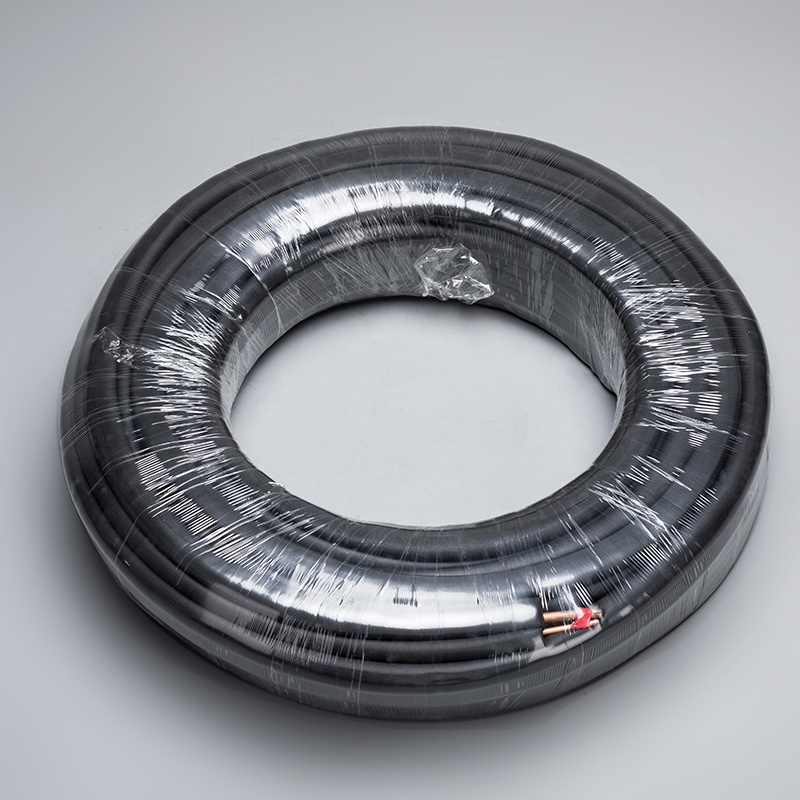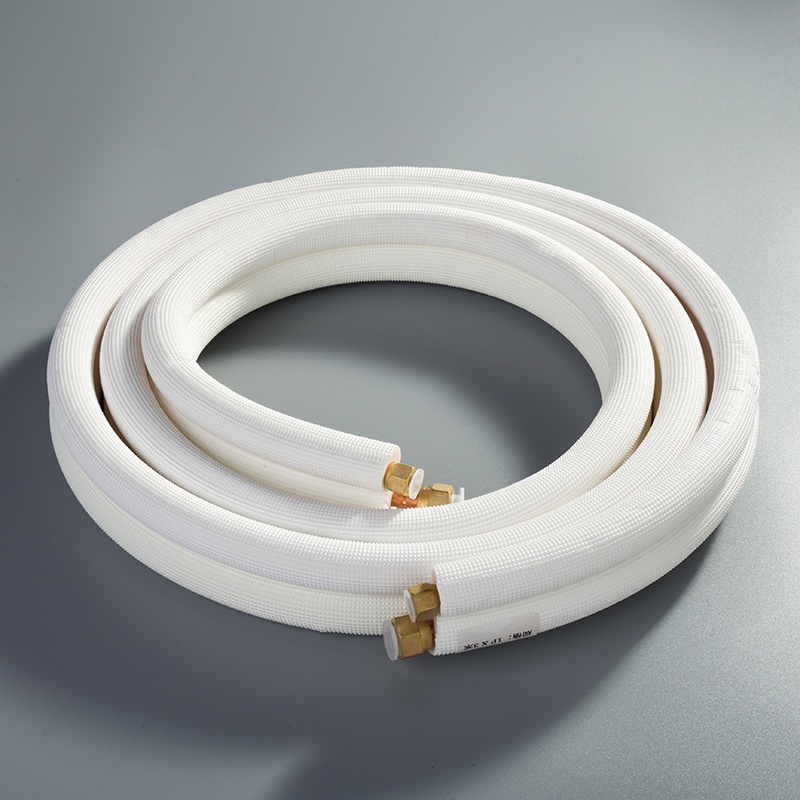Top Tips for Sweating Copper Pipes

Tips and Tricks for Sweating Copper Pipes
Sweating copper pipes correctly is paramount in the plumbing world. The precision and care put into this process can make a significant difference in the durability and reliability of your plumbing system. Understanding the overview of sweating copper pipes ensures a seamless execution, leading to leak-free connections. Properly soldered copper pipes offer longevity, preventing potential property damage and costly repairs down the line. Mastering this skill elevates your craftsmanship and guarantees robust pipe joints that stand the test of time.
Preparation Phase
Gathering Tools and Materials
To ensure a successful soldering process, it is crucial to gather the necessary tools and materials. Here are the essentials for sweating copper pipes:
List of necessary tools
Solder and Torch: Choosing a solder and torch optimized for the task at hand is paramount for soldering copper pipe joints.
Wire Brush and Emery Cloth: A wire brush dedicated to eradicating oxidation and an emery cloth for smoothing and polishing the pipe are essential tools for cleaning copper pipes for soldering.
List of necessary materials
Propane Torch, Solder, Emery Cloth, Flux, Pipe Cutters, Replacement Pipe, Safety Gear: Before beginning the soldering job, gather all the necessary tools including a propane torch, solder, emery cloth, flux, pipe cutters, replacement pipe, safety gear like gloves and protective eye gear.
Safety Precautions
When embarking on the journey of sweating copper pipes, safety should always be a top priority. Here are some vital safety precautions to adhere to:
Importance of safety gear
Protective Gear: Prioritize wearing safety gloves and protective eye gear to shield yourself from potential hazards during the soldering process.
Ventilation: Working in a well-ventilated area is essential to prevent inhaling harmful fumes produced during soldering.
Cutting and Cleaning the Pipes

When preparing to work on copper pipes, Tim suggests ensuring precise measurements before cutting. This step is crucial in achieving accurate pipe lengths for a seamless connection process. Once the measurements are confirmed, marking the cut points becomes the next essential task. Properly marked points guide the cutting process, ensuring clean and precise cuts.
For cutting the pipes, utilizing a pipe cutter is highly recommended by experts in the field. The tool provides a smooth and even cut without causing damage to the pipe's structure. Ensuring clean cuts is imperative to guarantee a secure fit during soldering later on.
After cutting, cleaning the pipes is vital for successful soldering. Removing burrs from the cut ends of the pipes is necessary to prevent any obstructions during fitting assembly. Thoroughly cleaning the pipe ends ensures a smooth surface for optimal flux adhesion and strong joint connections.
Applying Flux
When it comes to soldering copper pipes, a meticulous approach is key to achieving durable and leak-free connections. One essential component in this process is Flux, a crucial element that preps and cleans the copper surfaces before soldering. This product aids in ensuring that the new solder adheres correctly, establishing robust and leak-proof joints. Additionally, Flux plays a vital role in cleaning the copper surfaces, protecting them from re-oxidation, and facilitating the adhesion of solder to copper pipes.
Choosing the Right Flux
To begin with, it's important to understand the different types of flux available for plumbing tasks:
Types of flux
Water-Soluble Paste Flux: This type of flux is effective for torch soldering and is specifically formulated for use in plumbing applications.
Petroleum Paste Flux: Another variant suitable for plumbing tasks, petroleum paste flux offers excellent cleaning properties for copper surfaces.
Tinning Flux: Tinning flux is a standout choice as it pre-tins joints with a lead-free powder, significantly reducing the chances of leaks during soldering.
Benefits of using flux
Enhanced Adhesion: Flux ensures that the solder adheres properly to both the pipe and fitting surfaces, creating strong connections.
Oxidation Prevention: By cleaning and protecting copper surfaces from oxidation, flux contributes to maintaining the integrity of the joint over time.
Applying the Flux
Now that you have selected the appropriate flux for your project, let's delve into how to apply it effectively:
Proper application techniques
Clean Surfaces: Before applying flux, ensure that both the pipe and fitting are clean and free from any debris or contaminants.
Even Distribution: Apply a thin layer of flux evenly on both surfaces to promote uniform adhesion during soldering.
Ensuring even coverage
Consistent Layer: Aim for a consistent layer of flux across the entire surface area to guarantee optimal bonding between the pipe and fitting.
Heating and Soldering

Heating the Joint
Using a propane torch
To effectively solder copper pipes, it is essential to utilize a propane torch for heating the joint. The torch serves as a crucial tool in providing the necessary heat to melt the solder and create a strong bond between the pipes. When using the propane torch, ensure that you evenly heat the entire circumference of the pipe joint. This uniform heating is vital for achieving a seamless connection and preventing any weak spots in the bond.
Heating evenly
Achieving even heating during the soldering process is paramount for successful joint formation. By maintaining consistent heat distribution around the fitting, you guarantee that all areas of the joint receive adequate warmth for proper solder flow. Start by applying the torch at a moderate distance from the joint to prevent overheating any specific spot. Moving the flame steadily around the circumference of the fitting ensures that heat reaches every part of the joint, facilitating optimal solder adhesion.
Applying the Solder
Melting the solder
When it comes to applying solder during copper pipe soldering, melting it correctly is key to creating a durable and leak-free connection. Hold the solder against the joint opposite from where you are directing your torch's heat. Allow the liquid metal to drip inside where the pipes are connected, ensuring that it melts into every crevice of the joint. Moving around the pipe with the solder ensures that it spreads evenly and adheres properly, forming a robust bond between the pipes.
Ensuring a strong joint
Ensuring a strong joint involves meticulous attention to detail during both heating and solder application. As you apply your propane torch and melt the solder into place, focus on achieving thorough coverage across all parts of the joint. This comprehensive approach guarantees that no area is left unsoldered or weakened, leading to a secure connection between copper pipes. By following proper heating techniques and applying solder judiciously, you can create joints that withstand pressure and maintain integrity over time.
Inspecting the Joints
Visual Inspection
Checking for gaps
Look closely at the soldered joint to ensure there are no visible spaces or openings between the pipes and fittings.
Examine the connection from different angles to confirm that the solder has flowed evenly around the entire circumference of the joint.
Inspect for any irregularities in the surface, as these could indicate potential weak points in the joint.
Ensuring smooth joints
Run your fingers along the soldered area to check for any rough edges or bumps that may compromise the integrity of the joint.
Smooth out any uneven areas using a fine-grit sandpaper to create a seamless transition between the pipe and fitting surfaces.
A visually and tactilely smooth joint indicates a well-executed soldering process, ensuring a strong and reliable connection.
Pressure Testing
Conducting a pressure test
Seal off one end of the pipe and fill it with pressurized air or water to simulate normal operating conditions.
Monitor the pressure gauge for any drops, which could signify leaks in the soldered joints.
Conduct this test systematically along all soldered connections to identify any potential weak points.
Identifying leaks
Use a solution of soapy water applied to each joint while under pressure to detect escaping air bubbles, indicating leaks.
Focus on areas where pipes meet fittings or where multiple pipes are connected, as these spots are common locations for leaks to occur.
Address any identified leaks promptly by re-soldering those specific joints to prevent future issues and maintain system integrity.
Case Studies:
Automated Solution for Detecting Joints
A case study highlighting advancements in quality control through automated joint inspections.
Implementation resulted in zero defective products shipped over six months, showcasing improved reliability.
Correcting Soldering Mistakes
Detailed guide on rectifying common soldering errors without compromising overall joint integrity.
Offers insights into troubleshooting techniques for addressing imperfections post-soldering.
Improper Solder Connection
Examination of copper pipe failures attributed to improper installation practices and inadequate solder connections.
Emphasizes the importance of precise soldering techniques in preventing structural weaknesses and failures over time.
Post-Soldering Tips
Cleaning Up
Removing excess flux
Craftsmanship is exemplified in the meticulous process of removing excess flux after soldering copper pipes. This step, often overlooked, ensures a clean and professional finish to your plumbing work.
Quality Flux: Using a fresh quality flux designed for soldering is crucial in preventing overheating issues that may compromise the integrity of the joint.
Proper Tools: Employ wire brushes and emery cloths to eliminate any residual flux, guaranteeing a pristine appearance and enhancing the durability of the connection.
Cleaning the work area
Attention to Detail: Paying attention to cleaning the work area post-soldering is a mark of a dedicated craftsman. It not only enhances safety but also reflects a commitment to excellence in every aspect of the job.
Optimal Environment: Ensuring that your work area is free from debris and clutter minimizes potential hazards and promotes an organized workspace conducive to efficient plumbing tasks.
Professional Finish: Wiping down surfaces and organizing tools post-soldering not only maintains cleanliness but also sets a standard for quality workmanship that speaks volumes about your expertise.
Implement the fundamental steps meticulously to ensure precise connections.
Dedicate time to practice and refine your soldering skills continually.
Embrace these final recommendations for successful copper pipe sweating:
Prioritize safety measures throughout the entire process.
Regularly inspect joints for any signs of wear or leaks.
Maintain a clean workspace to enhance efficiency and safety.
Seek guidance from experienced professionals for advanced techniques.
Remember, mastering the art of sweating copper pipes elevates your craftsmanship and ensures durable plumbing systems that stand the test of time.
See Also
Best 5 Ways to Care for Copper Pipe Coils
Simple Methods to Repair Copper Pipe Leaks Fast
The Ultimate Manual for Keeping Copper Pipe Efficiency


